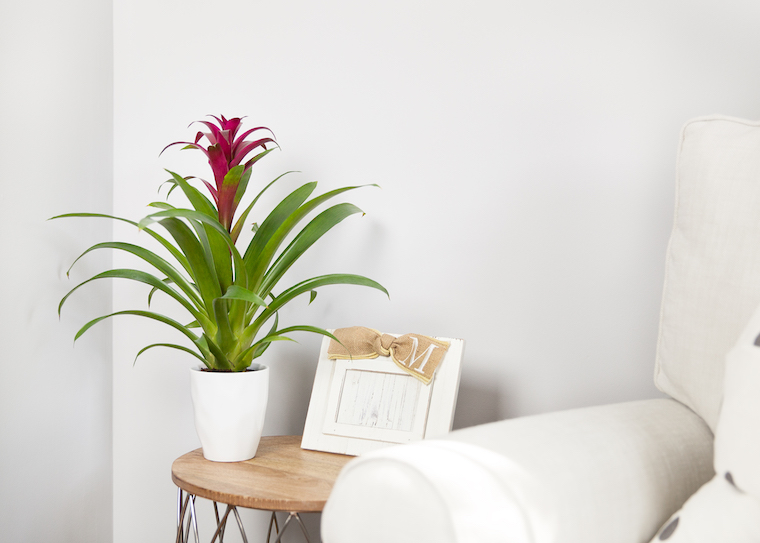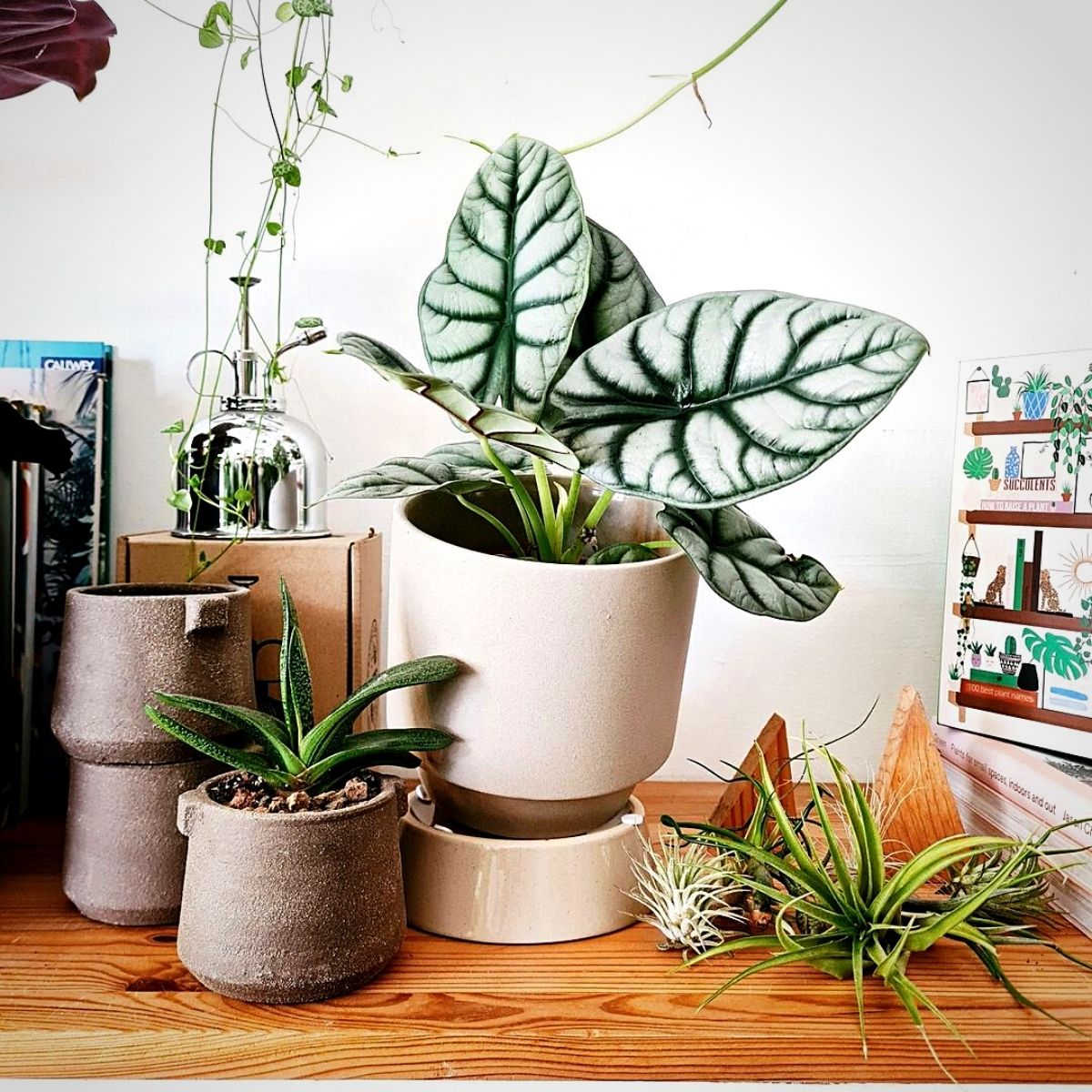Best Low-Light Indoor Plants That Thrive with Minimal Sunlight
Best Low-Light Indoor Plants That Thrive with Minimal Sunlight
Blog Article
Transform Your Home With Beautiful Low-Light Indoor Plants and Their Benefits
Including low-light interior plants right into your home can substantially boost both the visual and ecological top quality of your home. These plants, which thrive in dim problems, offer not just as attractive components yet likewise as natural air purifiers, making them excellent for city occupants or those with minimal sunlight direct exposure. As we check out the various sorts of low-light plants and their benefits, you might locate shocking methods to incorporate them into your home that can change your environments in methods you could not have prepared for.
Benefits of Low-Light Plants
Low-light plants supply countless advantages for indoor settings, making them an excellent selection for both newbie and knowledgeable garden enthusiasts. One of the primary advantages is their versatility to low-light problems, enabling individuals to boost their space without the requirement for extensive sunlight direct exposure. This characteristic makes them optimal for houses, workplaces, and various other locations with restricted all-natural light.

Moreover, incorporating low-light plants into home décor can raise the visual allure of a room. Their lavish vegetation and varied structures produce a soothing environment, adding to total well-being. The visibility of plant has actually been connected to lowered stress and anxiety degrees and improved efficiency, making low-light plants a sensible choice for boosting both physical and mental health in indoor setups.
Top Low-Light Indoor Plants
While lots of interior plants prosper in brilliant light, several types are particularly fit for low-light conditions, making them perfect for numerous interior spaces. One prominent selection is the Serpent Plant (Sansevieria), known for its striking upright leaves and strength, requiring minimal care. An additional exceptional choice is the Pothos (Epipremnum aureum), which includes heart-shaped leaves and can trail perfectly from wall mounts or racks, thriving in low light and adding a lush touch.
The ZZ Plant (Zamioculcas zamiifolia) is commemorated for its shiny fallen leaves and ability to endure disregard, making it excellent for hectic lifestyles. Similarly, the Peace Lily (Spathiphyllum) not only tolerates low light but likewise generates magnificent white blooms, enhancing any type of room's aesthetic.
For an unique touch, consider the Cast Iron Plant (Aspidistra elatior), which undoubtedly measures up to its name, thriving in the darkest edges of your home. The Chinese Evergreen (Aglaonema) provides a variety of leaf patterns and shades while being remarkably flexible in low-light problems. These plants not just improve interior atmospheres but likewise add to air filtration, enhancing your home.
Care Tips for Low-Light Plants

Sprinkling techniques are critical; these plants frequently prefer slightly completely dry conditions. Overwatering can bring about root rot, so ensure that the top inch of soil is completely dry before sprinkling again. Usage pots with water drainage openings go right here to permit excess moisture to get away.
Moisture is another essential element. Numerous low-light plants, such as ferns and tranquility lilies, take advantage of higher humidity levels. To enhance humidity, consider misting the fallen leaves or putting a tray of water near the plants.
Fertilization needs to be approached with caution. During the expanding season, use a thinned down, well balanced liquid fertilizer monthly to sustain development, yet prevent feeding throughout the dormant winter season months.

Innovative Ways to Present Plants
Indoor plants can offer as exciting centerpieces in any type of area, improving both aesthetic charm and setting. Creative screens can raise the aesthetic impact of low-light plants, making them an important part of your home style. One efficient technique is to use tiered plant stands, which permit you to display numerous plants at varying elevations while taking full advantage of flooring space.
Hanging planters are another cutting-edge alternative, creating a sense of deepness and drawing the eye upward. Take into consideration macramé hangers or wall-mounted shelves to introduce an one-of-a-kind texture and style.
For an extra structured method, usage geometric browse around here terrariums or glass containers to house your plants, adding a modern touch to your indoor yard. You can likewise repurpose vintage things, such as teacups or wooden cages, for an eclectic display screen that mirrors your character.
Enhancing Home Ambiance With Plants
Incorporating low-light plants right into your home not only improves aesthetic charm but also adds considerably to the general atmosphere. These plants function as natural style elements, presenting a feeling of harmony that can change any type of space. The presence of plant cultivates a calming ambience, which is specifically advantageous in high-stress atmospheres such as office or living spaces.
Low-light plants, such as snake plants, pothos, and ZZ plants, are not only cosmetically pleasing yet additionally improve indoor air top quality by filtering system pollutants. This double function improves the atmosphere even more, producing a healthier living area (Best low-light indoor plants). The strategic placement of these plants can likewise influence the assumption of space; for example, high plants can draw the eye up, making ceilings appear higher and spaces a lot more large
Furthermore, varying appearances and shades of foliage add depth to interior decoration, enabling imaginative expression in home designing. Whether positioned on racks, in edges, or as focal points, low-light plants can boost the mood of any kind of area. In recap, integrating these plants right into your home is a reliable way to promote a warm, inviting atmosphere while gaining the benefits of enhanced air top quality and visual convenience.
Conclusion
Integrating low-light indoor plants right into home atmospheres supplies many benefits, including enhanced aesthetic charm and enhanced air high quality. These resistant plants, such as the Serpent Plant and Peace Lily, need very little light and maintenance, making them suitable for varied lifestyles.
While many interior plants grow in bright light, a number of types are particularly well-suited for low-light conditions, making them excellent for different indoor rooms. One reliable technique is to use tiered plant stands, which allow you to display several plants at differing elevations while maximizing floor room.
Low-light plants, such as serpent plants, pothos, and ZZ plants, are not only visually pleasing however also enhance interior air high quality by filtering toxins. Best low-light indoor plants. The tactical placement official site of these plants can additionally affect the understanding of room; for circumstances, tall plants can draw the eye upwards, making ceilings appear greater and spaces extra large
These resilient plants, such as the Serpent Plant and Peace Lily, need very little light and upkeep, making them ideal for diverse way of lives.
Report this page